In this article
It can be quite dangerous to breed dog siblings for many different reasons. This makes it something that you should avoid if you want to ethically breed your dogs to produce a healthy lineage of puppies with minimal health problems.
Breeding dogs is not something that should be done frequently, and it should not be done unless there is a shortage of specific dog breeds in your area. There are so many homeless dogs up for adoption, and the shelters are frequently overrun with loveable dogs looking for homes.
If you want to learn more about the ethics behind breeding dog siblings and what you should do instead, read on.

The Safety & Ethics Behind Breeding Dog Siblings
The reasoning behind the unsafety of breeding a brother and sister dog together is mainly because of the long-term risks and complications behind inbred litters. Even if neither of the dog siblings has current health issues, it can result in the litter having health problems due to the very similar and, therefore, limited genetic material.
There is some degree of inbreeding in the creation and history of the dog breeds as we know them today. Without the knowledge we have now, the focus of breeders in the past was purely based on producing certain physical characteristics. However, nowadays, experienced and professional dog breeders will disagree with inbreeding, even to save a pure lineage of dog breeds, and so they do not even want to attempt to inbreed their dogs.
It is recommended only to breed dogs that do not share the same parent or ancestors and have no blood relation to one another. Dogs that do not share the same genetic material in a four-generation pedigree ensure the genetics shared between litters are similar but not too close to each other, which will reduce the gene pool over time.
Unfortunately, dogs do not have the same mental maturity level as humans do when it comes to the repercussions and morals of breeding with their blood. Therefore, male dogs will still try to mate with their female sibling without the intervention of a human. This makes it essential to separate the litter at the right time before all the dogs become sexually mature. It is an instinct in dogs that will rarely occur in the wild1 and mainly happens in a domesticated setting because of human intervention.
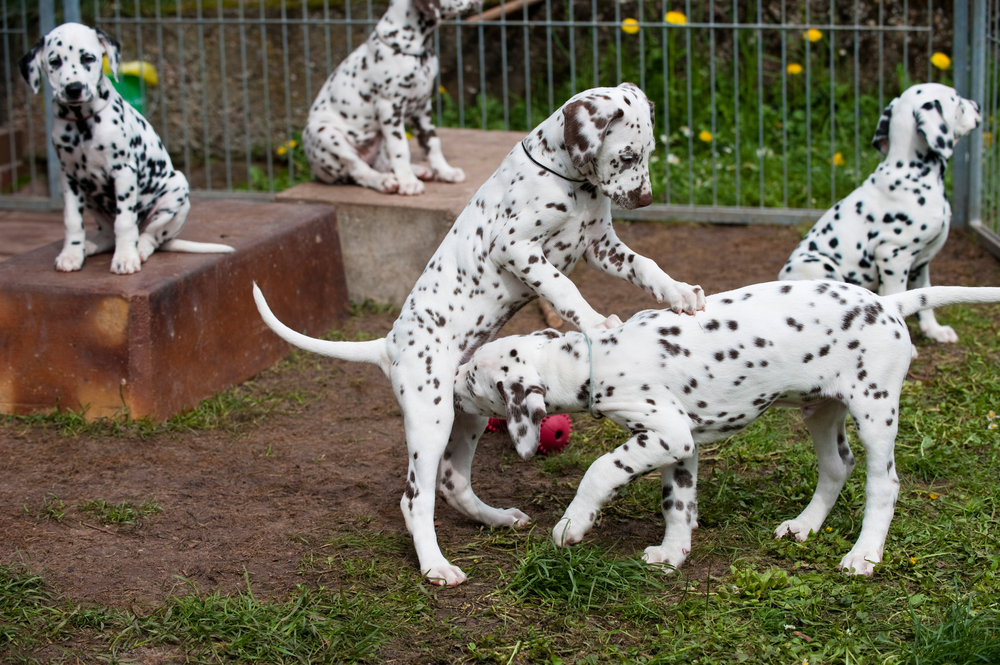

Why Should You Avoid Breeding Dog Siblings?
Dog siblings are mainly bred together to produce puppies with predictable traits, usually concerning temperament and appearance. This comes down to the aesthetics and health status of the parents, which gets carried on through the generations with inbreeding.
In theory, dog breeders who work with siblings have the idea in their mind that by breeding these two genetically related dogs, the quality of their genetic lineage will be passed to their offspring to produce a more superb specimen. This is because dog siblings share more genetic material than two distantly related dogs will since the parents are the same. The belief then stems from the fact that this will strengthen the lineage and fix homogenized traits in dogs with the intent that certain traits will be passed to the next generation.
However, it is incorrect to think that breeding dog siblings have positive benefits and that two of the same dogs will produce a perfect litter. Truthfully, it is quite the opposite, and there are many risks to be aware of.

It’s All About Genetics
Two dog siblings who may seem to have no health issues or appearance negativities will still be genetic carriers for recessive alleles. Incest in dogs has been known to produce major health conditions such as hip dysplasia, heart or liver conditions, and neurological disorders. Deafness and blindness are also common among same-gene litters, which occur when an individual carries two defective copies of the gene.
The problem with incestual breeding in dogs is that you cannot see the internal genetic material harboring inside the two related dogs you plan to breed. Since they both came from the same litter, these dogs are most likely to carry the same autosomal-recessive genes that encode for health issues that may not have been expressed in themselves. This then gets passed down to the offspring, who must suffer as a result.
Not only are you reducing that specific generation of dog’s gene pool, but you are also putting the future litter’s generation at risk for seemingly human benefit and gain. Incest dog breeders mainly focus on the money factor behind the high quality of their incestual dog litter, while very few focus on saving the pedigree lineage of certain dog breeds. Many dog breeders may also find it easier to breed two related dogs because it is right in their hands, which saves them money from having to purchase a new high-quality dog to pair with their desired male or female dog.
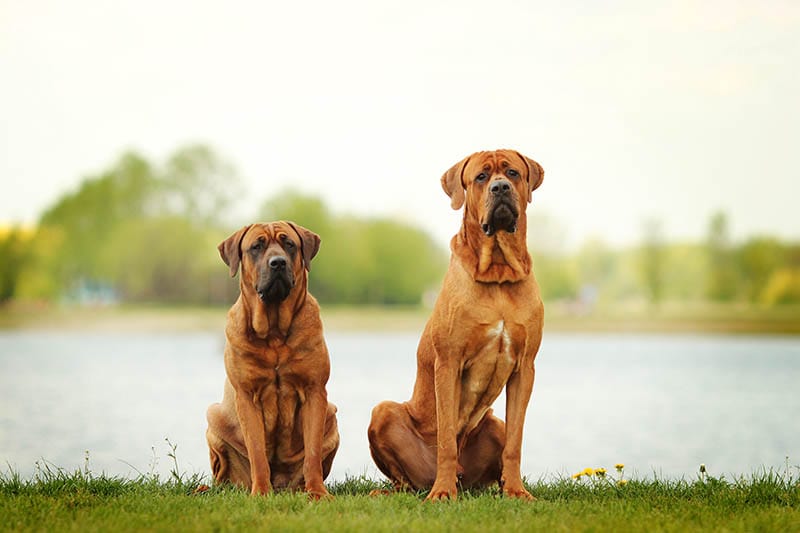

Health Concerns
Hereditary health problems are a major concern in the incestual breeding of dogs, and it poses a risk to the future health of dogs. This is not only true for sibling pairs, but also offspring and father, or mother which have equally risky genetic complications.
A List of Incestual Dogs Hereditary Defects
- Deafness
- Blindness
- Loss of vigor (weak, low energy, and poor fitness levels)
- Infertility
- Hip dysplasia
- Heart conditions
- Liver failure
- Deformities of the spine, hips, and mouth
- Reduced gene pool
- Low genetic potential
- Shortened lifespan
- Obesity
- Increased risk of stillborn
- Birth complications
- Physical deformities, like missing legs
- Weak immune system
- Skin problems


When Is It Okay to Breed Dog Siblings?
Overall, it should be avoided. Some highly skilled breeders may take on the job of breeding incestual dog litters, and it should be left to them. It is safe to say that many dog breeders do not have the financials and knowledge to ethically breed incestual litters.
Keep in mind that these types of dog breeders lose more money than they will make for breeding dogs. This is because they need to do regular genetic scans on each related dog to understand the basics of the genetic material they are going to breed. This is highly necessary and costly, as you will need to seek out a canine medical center to run these tests before even attempting to breed the related pair. Moreover, even breeders claiming to do DNA testing before doing inbreeding are only taking steps to reduce known potential risks but this does not remove the risk of litters expressing unknown health conditions. Not only is that risk, but the breeder also must test the offspring and discontinue the lineage if there is something wrong.
Consult an Expert
To even begin breeding a related pair of dogs, you need to start with two very healthy adults that have been bred and tested for their genetic excellence. It can take years to find suitable related dogs to try, and the average breeder typically does not have the financials and time to wait.
Dog breeders using inbreeding in their pedigree lineage mainly breed more distantly related animals to maintain the “pure lineages” in certain dog breeds like some Pomeranians. This is known as line breeding, and breeders use what is known as a coefficient of inbreeding to minimize the risks. However, this practice is not supported by many and even they have concerns about the ethics of what they are doing, and many do not recommend it to be done by others.
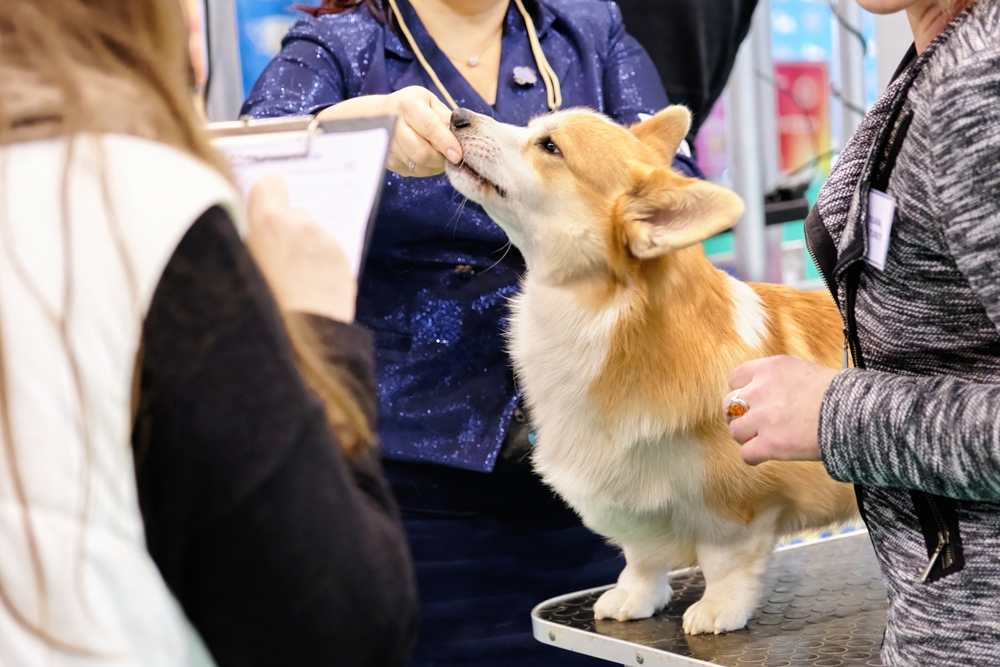

What Can You Do Instead?
Instead of breeding dogs or purchasing dogs from a breeder, we recommend that you first look at your local shelters and rescues for dogs and cats. Most of these places are overpopulated with over a hundred different dogs from specific breeds, mixed or mutts.
It is a myth that dogs from shelters are unhealthy or unattractive. These dogs have been placed there because they have been picked up off the streets, confiscated from unethical backyard breeders, litters of puppies rescued from strays, or dogs that have been given up, mainly because their previous owners could no longer provide for them. This is the sad reality for many dogs and even puppies. Shelters require adopters and fosters because if they cannot care for all the dogs in their custody, these dogs will have to be euthanized. There is nothing sadder than finding out a local shelter had to euthanize a group of dogs because they could not find a home.
You would be surprised by how many ideal dogs and puppies are found in shelters. Most are vaccinated, dewormed, desexed, and healthy and come in a variety of sizes and ages. This means that there is a perfect dog for everyone, just sitting in the shelter and gazing at potential adopters.
How Can You Tell If You Are Ready to Breed Dogs?
The average dog owner is rarely ready to breed dogs. A popular issue is that so many backyard and unethical breeders are taking over the marketing, trying to sell their ‘perfect’ dog or puppy. Breeding dogs requires a high level of skill and knowledge of genetics that many people are unable to comprehend. It is also expensive and time-consuming and is falsely portrayed as easy.
A reputable breeder will agree that it costs more to breed dogs than it is to sell enough puppies to keep up with all the financial losses. Incestual dog breeding is exceptionally unethical, and in-line breeding is questionable and risky, not for the average owner or even breeder.
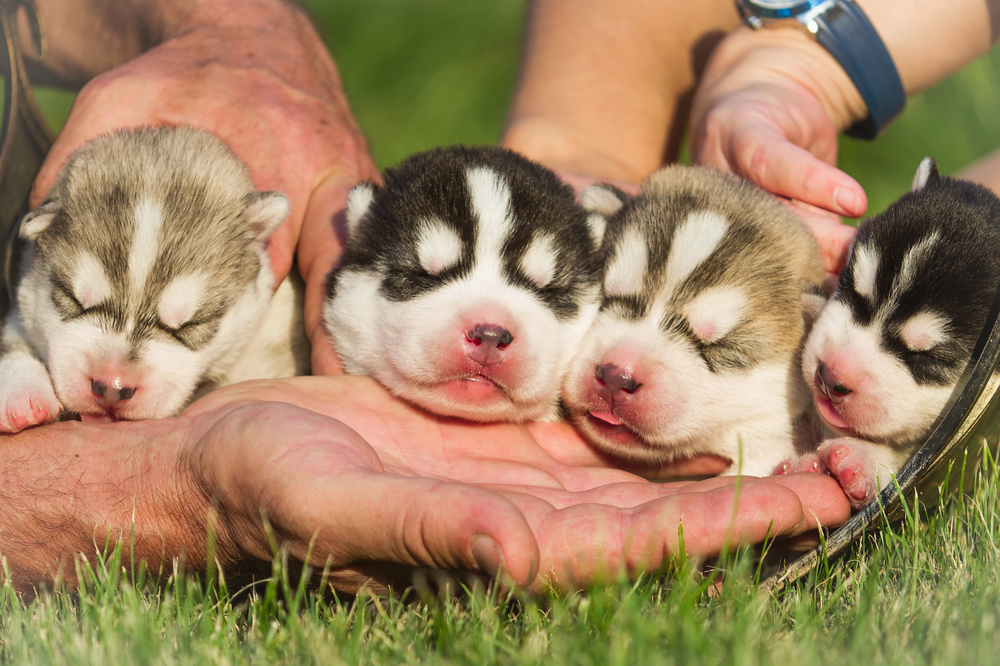

Conclusion
We highly recommend avoiding the breeding of related dogs. There are too many risks and complications that outweigh any possible pros. It is not worth the hassle and effects it will have on both the breeder and future offspring. There is no reason to bring to the world a litter of puppies with a high risk of being born with deformities or developing health issues when you can find a perfectly compatible dog at a shelter for you and your family.
It is still an ongoing backyard breeder belief that breeding closely related dogs makes the offspring far superior and pricier than mixed breeds, which is why so many unethical breeders use this method to make a quick buck. The reality is far more complicated than that.
We hope that this article has shed some light on the negative side of breeding brother and sister dogs together and that you understand why it should be avoided at all costs.
Featured Image Credit: wa40friend, Pixabay

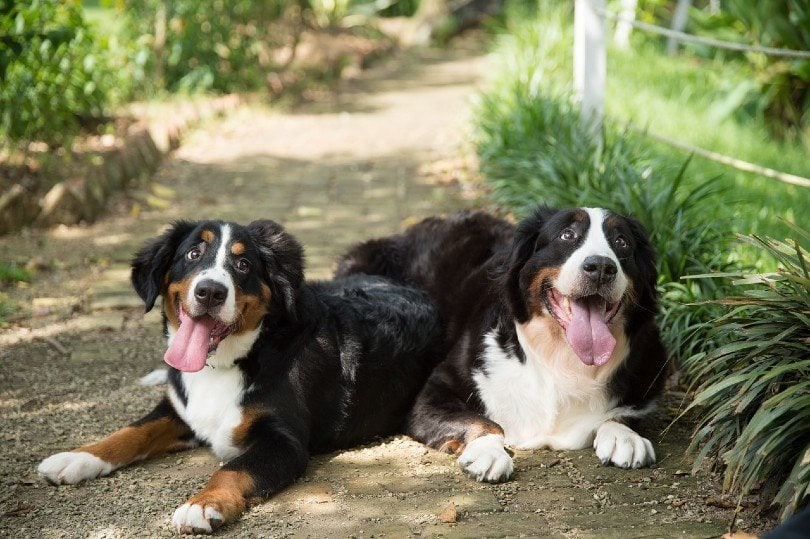



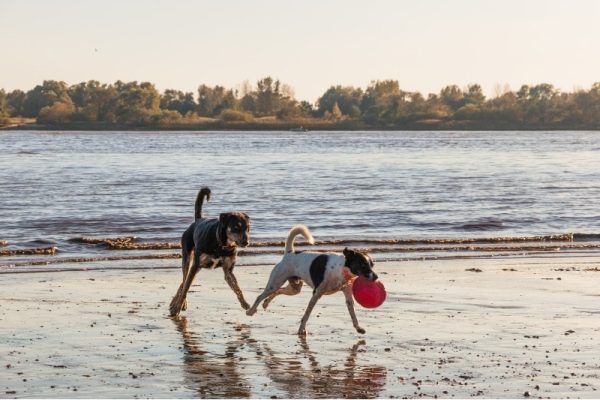

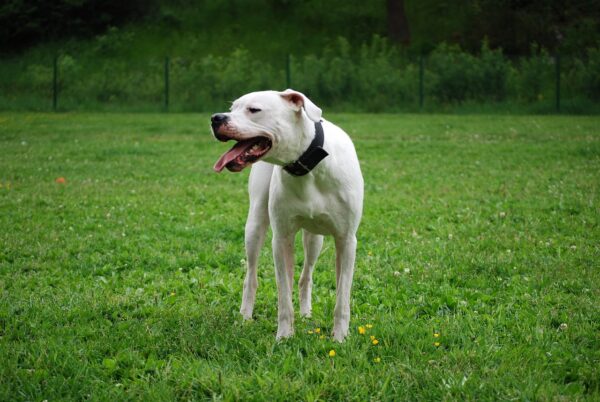

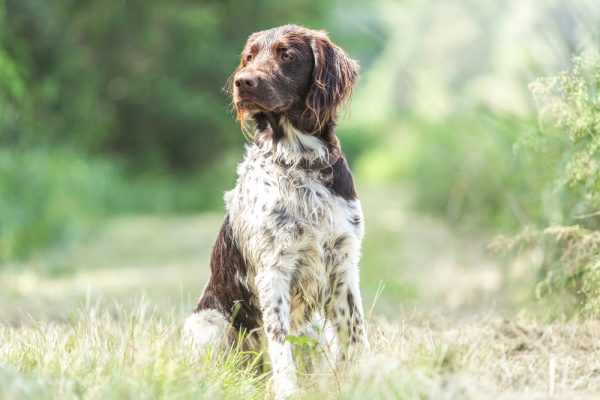
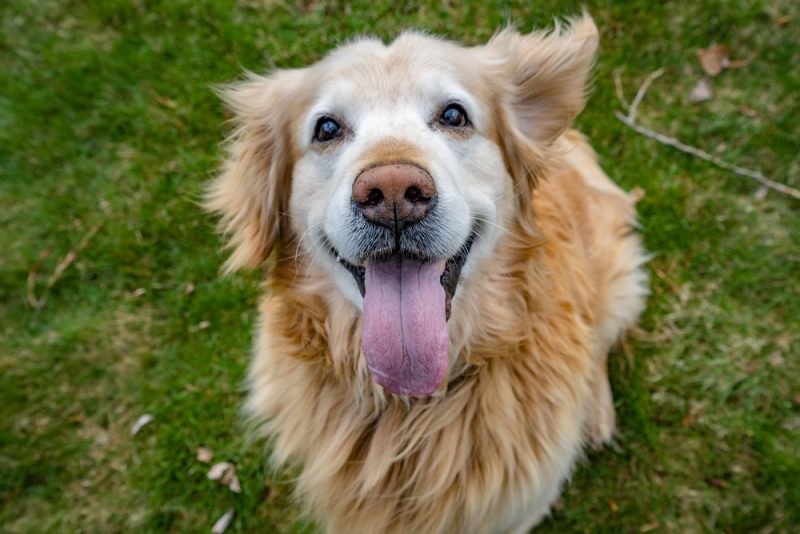


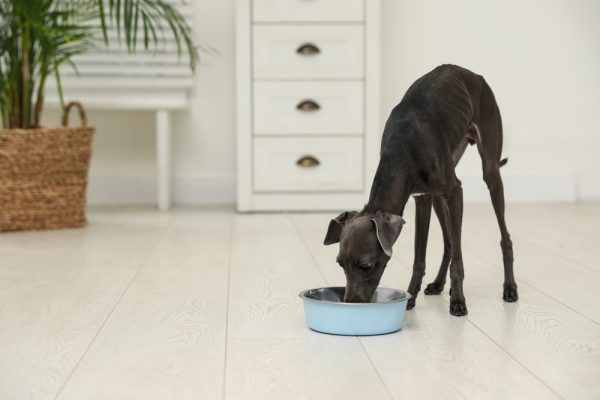



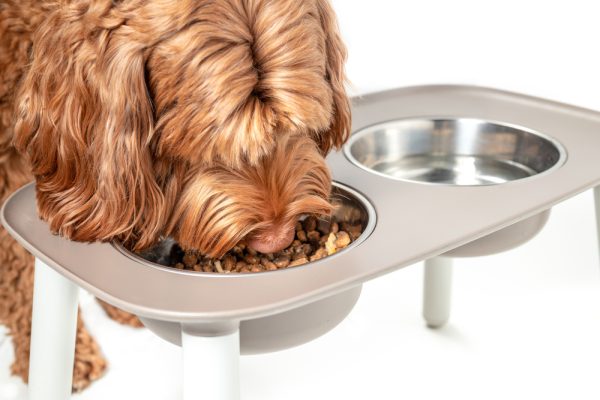



3 Responses
we have unfortunately had brother and sister mate. She had six and are now losing the 2nd one out of this litter. We don't know why. This one is in the process of seizing. He will not make it I am afraid. They are only 7 weeks. This article has help greatly.
Hi Chris, thank you for sharing your story although we are very sorry to hear about your puppies. We are also glad that you were able to find some useful information in our article. Right now, it’s important to focus on giving the remaining puppies in the litter all the care and support they need. We strongly recommend reaching out to your local veterinarian for a thorough examination to determine if any additional testing or treatment is necessary, especially for the puppy experiencing seizures. Alternatively, our online veterinarians at PangoVet can help address any concerns you may have regarding your pup's health. You can book a video consult with our team at https://pangovet.com.
Thanks so much for this info, It was discouraged me from breeding my male yorkie even if it is with another Yorkie out of a different litter.